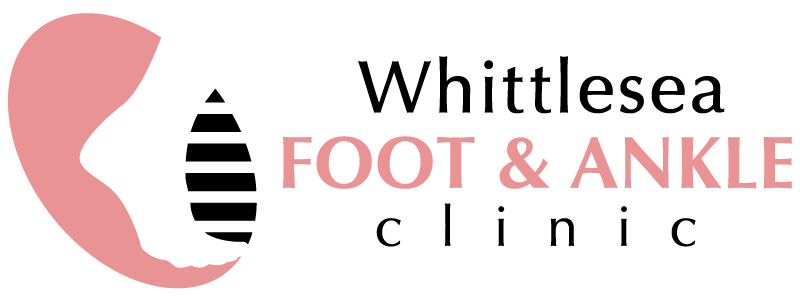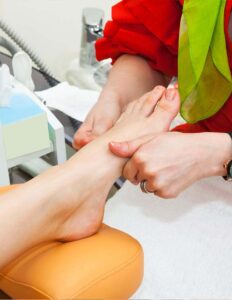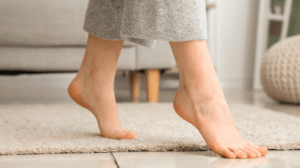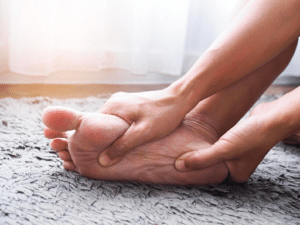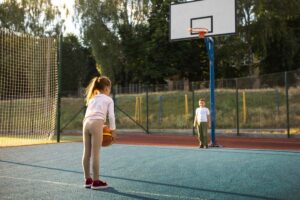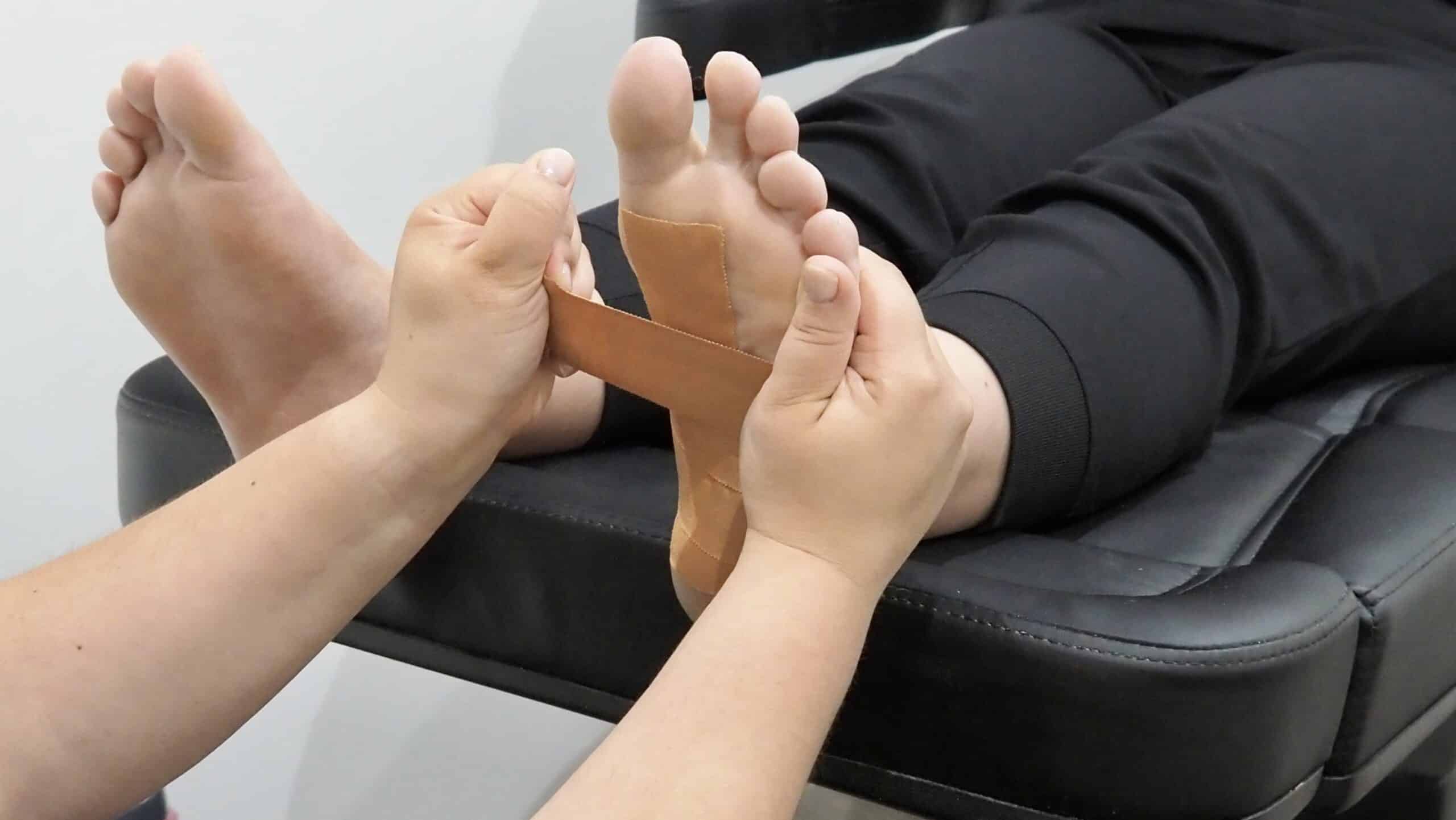Plantar warts – just as annoying as someone constantly clicking their pen beside you, but worse!
What are plantar warts?
Plantar warts are benign growths of the skin, they are caused by the human papilloma virus (HPV). On the feet, warts can appear as multiple flat lesions or as a single large lesion.
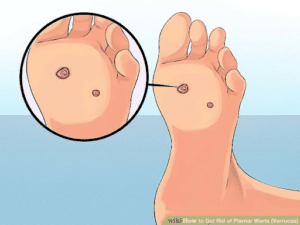
Some other common signs and symptoms of a wart can include:
- Cauliflower-like appearance
- Painful when squeezed on both sides
- Black dots within the centre of the lesion
- Pain when walking if lesion is on the bottom of the foot.
A plantar wart, also known as verruca pedis, presents on the bottom of the feet most commonly found at the ball of the feet and the heel.
Children are most commonly affected by warts. They can often disappear on their own when immunity develops, however, this may take months or years.
Warts can be contagious in warm moist areas such as swimming pools or communal showers. Therefore, it is important to always wear shoes or thongs when in public places.
Tips
- To prevent infection, avoid walking barefoot, especially in public places and in warm moist areas such as swimming pools, communal showers and nail salons.
- Keep feet clean, dry and free from cuts or abrasions.
- Check your children’s feet often for warts. It is best your child does not share socks, towels, shoes or other items that may touch someone else’s foot.
- It is best to make an appointment to see a podiatrist if a wart is suspected. There are many other differential diagnoses of a wart such as corns or callus and it is best to have it evaluated by a highly trained podiatrist.
Treatment available
There are many treatments available for plantar warts. Depending on the location of the wart and pain present, will depend on the type of treatment. A wart may take anywhere between 4-6 weeks to fully heal, it is important all patients have an understanding of the expectations of time frame and appearance throughout its stages.
- For most warts it is important they are sharps debrided. Debriding the lesion on top allows an inflammatory response via a pin prick bleed. Treatment is then able to be applied and attacks the wart.
- Felt padding with apertures can be used to offload the particular area enabling minimal build up of callus and reduction of pain.
- Salicylic acid is the least invasive of the treatments and removes the wart by exfoliating the skin cells. This in turn may also promote the immune cells around the wart to start producing healthy skin cells.
- Silver nitrate can be used on warts. This is a chemical cauterizing agent that acts to destroy the unwanted wart tissue and is not painful to the patient.
- Liquid nitrogen involves freezing the wart, sometimes causing some discomfort to the patient
- Patients may be advised to additionally treat the wart at home, purchasing Duofilm or Wart Off from a pharmacy and applying between consults.
If you suspect a wart may be present on your child’s feet or your own, book in with one of our podiatrist. There are many other differential diagnoses of a wart such as corns or callus and it is best to have the area assessed by a highly trained podiatrist.
If you have any questions about warts or wanting to know more, feel free to give us a call on 8468 2411 or book in for an assessment here
